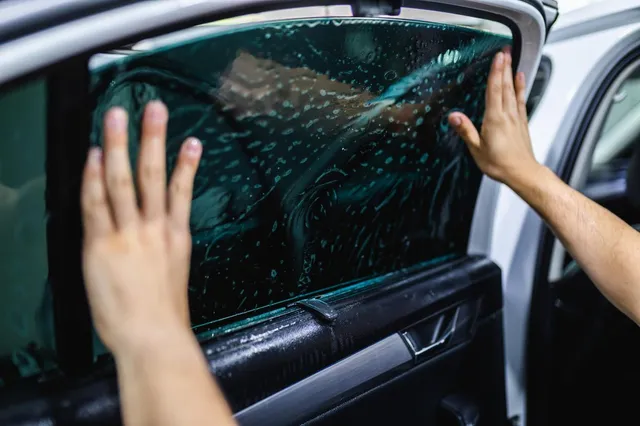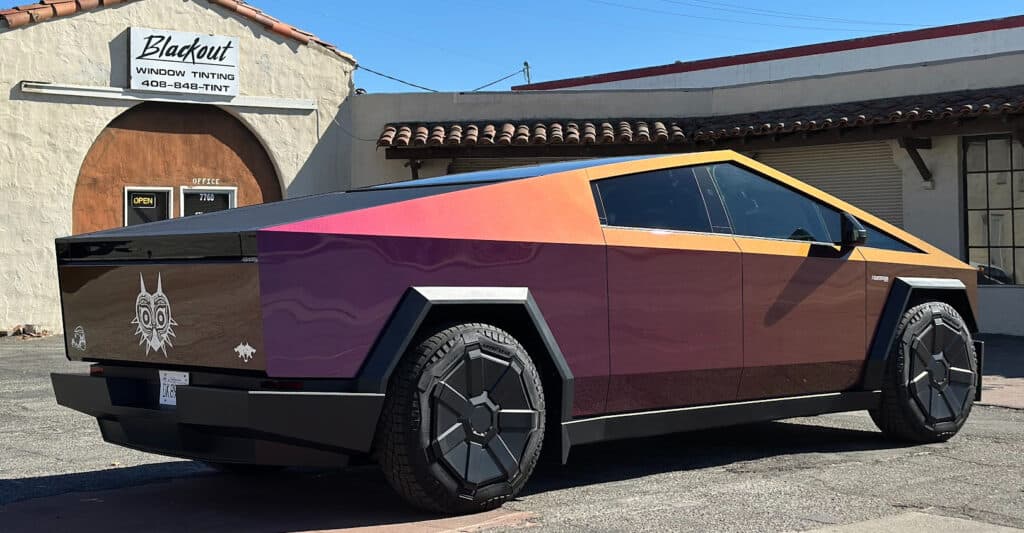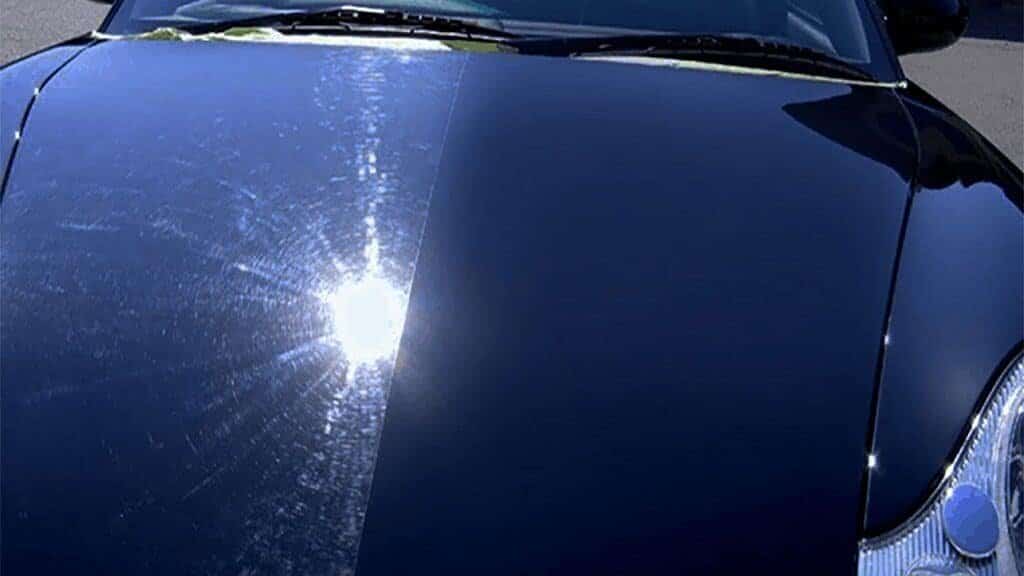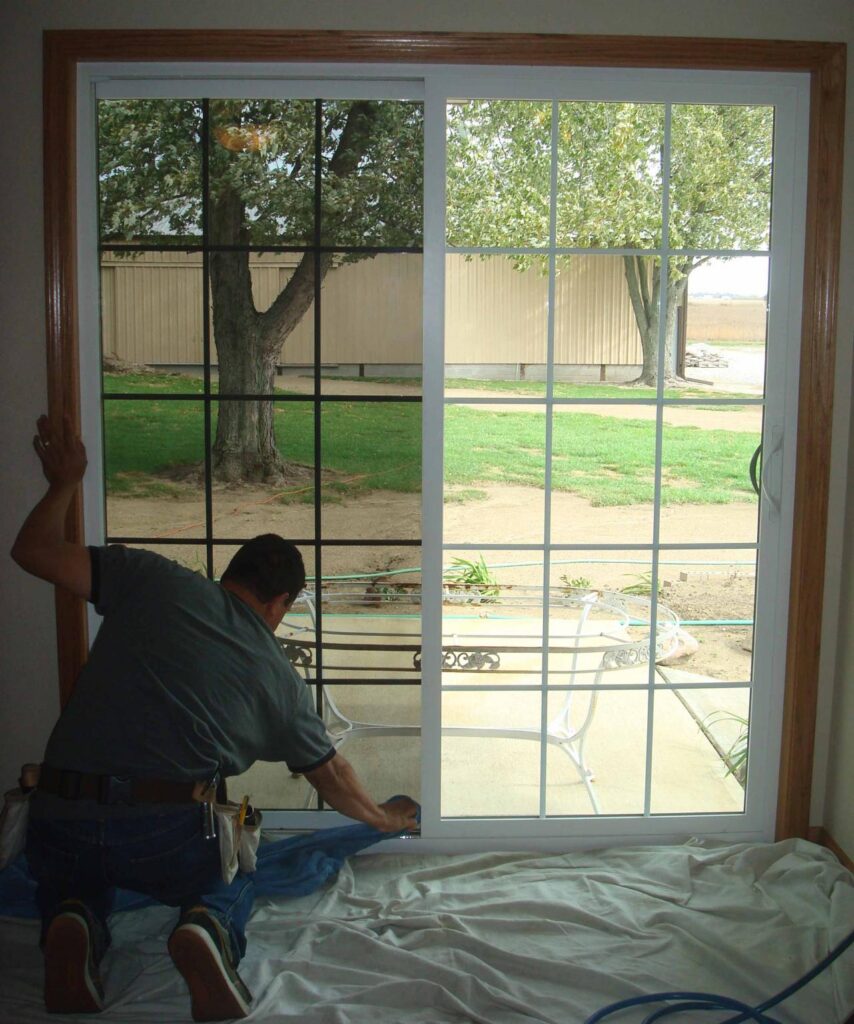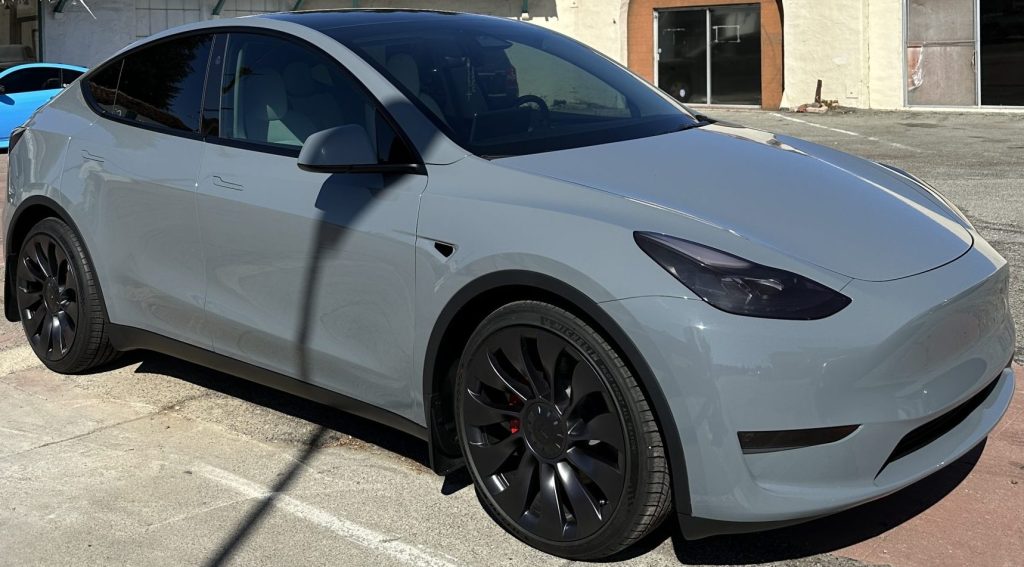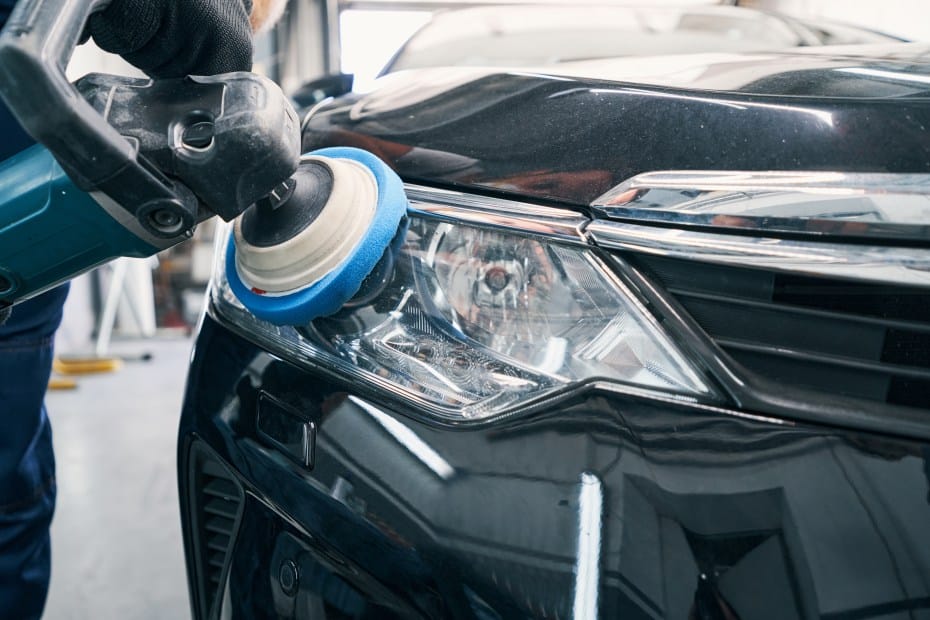Window tinting has become increasingly popular in recent years. Many drivers tint their car windows for various reasons, including privacy, protection from the sun, and improving the appearance of their vehicle.
In this article, we discuss everything you need to know about tinting your car windows or automotive tinting; what window tint is, the different percentages and shades available, the pros and cons of tinting your windows, and how to choose the right tint for your vehicle.
What is a Car Window Tint?
A window tint is a thin film applied to a car window’s glass. The tint can be clear, smoked, or mirrored and is available in various shades. Tinting your car windows will darken your vehicle’s interior and make it more difficult for people to see inside.
What are the shades available?
Window tint comes in various shades, ranging from light to dark. The most popular shades are 20%, 35%, and 50%. These percentages refer to the amount of light allowed to pass through the tint. For example, a 20% tint will allow 20% of the light to pass through, while a 50% tint will allow 50% of the light to pass through.
Types of Window Tint
There are two types of window tint: dyed and metallic. Let’s go over the differences between the two.
Dyed Tint
A dyed tint is made from a piece of dyed polyester film. The dye absorbs light, which makes it ideal for blocking UV rays and heat. Dyed tint provides good privacy and can last up to five years with proper care.
Metallic Tint
By far the most popular type of window tint, metallic tints are made from a thin layer of metal, typically aluminum, copper, or nickel.
Metallic tints are more durable than dyed tints and do a better job of blocking out heat and UV rays. They also provide good privacy, with a lifespan of up to seven years.
Carbon Tint
A carbon tint is a type of metallic tint made from a thin layer of carbon. Carbon tint is one of the darkest tints available, with a VLT (visible light transmission) of just five percent.
This makes it ideal for privacy, but it also makes it illegal in some states. Carbon tint also does an excellent job of blocking heat and UV rays.
Choosing the Right Tint for Your Car
When choosing a window tint for your car, there are a few things you need to keep in mind. First, consider the climate you live in. If you live in a hot climate, you’ll want to choose a tint that blocks UV rays and heat.
Second, think about your privacy needs. If you want to keep your car’s interior private, you’ll want to choose a dark tint.
Finally, make sure you check your state’s laws regarding window tinting. Some states have stricter laws than others, so it’s important to know what is and is not allowed.
What are the Benefits of Tinting Car Windows?
Now that we’ve gone over the basics of window tint let’s discuss the benefits of tinting your car windows.
Protects Against UV Rays
Like commercial window film which protects the building and home windows from the sun, a car window tint also protects against UV rays. By blocking out UV rays, window tint can help keep your car’s interior cool and prevent fading.
In fact, window tint can block out up to 99% of UV rays, making it an excellent way to protect your car’s interior.
Reduces Glare
Another benefit of window tint is that it reduces glare. This is especially beneficial for drivers who have to deal with a lot of sun exposure during their commute. The tint will help reduce the glare from the sun, making it easier to see while driving.
Improves Privacy
A window tint also provides an element of privacy for your car. The darker the tint, the more difficult it will be for people to see inside your vehicle. This can be helpful if you carry valuables in your car or simply want to keep your personal belongings private.
Keeps Your Car Cooler
Window tint can also help keep your car cooler in the summer. By blocking out UV rays and heat, the tint will help to keep your car’s interior cool and comfortable.
This is especially beneficial for those who live in hot climates or have to deal with a lot of sun exposure during their commute.
What are the drawbacks of Tinting Car Windows?
Before you tint your car windows, you should keep a few things in mind. Here are some of the potential drawbacks of window tint.
It can be illegal.
In some states, having a certain percentage of tint on your car’s windows is illegal.
For example, in California, it is illegal to have a tint darker than 50% on the front windshield and driver’s side window. Check the laws in your state before you tint your car windows.
It can be difficult to see at night.
Another potential drawback of window tint is that it can make it more difficult to see at night. This is because the tint will reduce the amount of light that can pass through the glass.
If you do a lot of driving at night, you may want to consider a lighter tint or no tint at all.
It can be difficult to remove.
It can be quite difficult if you ever decide to remove the tint from your car windows. The process can be time-consuming and costly, so be sure that you’re ready for the commitment before
If you live in an area with a lot of snow, the tint can make it more difficult to see out of your car.
The cost
Yup, tinting your car windows can be expensive. The cost will vary depending on the type of tint, the size of your car, and the number of windows you’re tinting.
How much does tinting car windows cost?
Speaking of cost, let’s talk about how much it will cost to tint your car’s windows. The price of window tint can vary depending on several factors, including the type of tint, the size of your car, and the number of windows you’re tinting.
For example, dyed film costs around $100 per window, while carbon film starts at around $200 per window. The price will also increase if you tint larger windows or more than one window.
How to remove window tint from car windows?
If you ever decide to remove the tint from your car windows, you should know a few things. The process can be time-consuming and costly, so be sure you’re ready for the commitment before you start. Here’s a basic overview of how to remove window tint:
- Start by heating the tinted window with a hair dryer. This will help to loosen the adhesive.
- Once the tint is heated, use a razor blade to scrape off the tint slowly. Be careful not to scratch the glass while you’re doing this.
- Once most of the tint has been removed, use a solution of vinegar and water to remove any remaining adhesive. Use a clean cloth to dry the window, and you’re done!
Final Thoughts
Part of owning a car is making sure it looks and feels like your own. Whether adding a custom paint job or tinting car windows, there are endless ways to personalize your ride!

